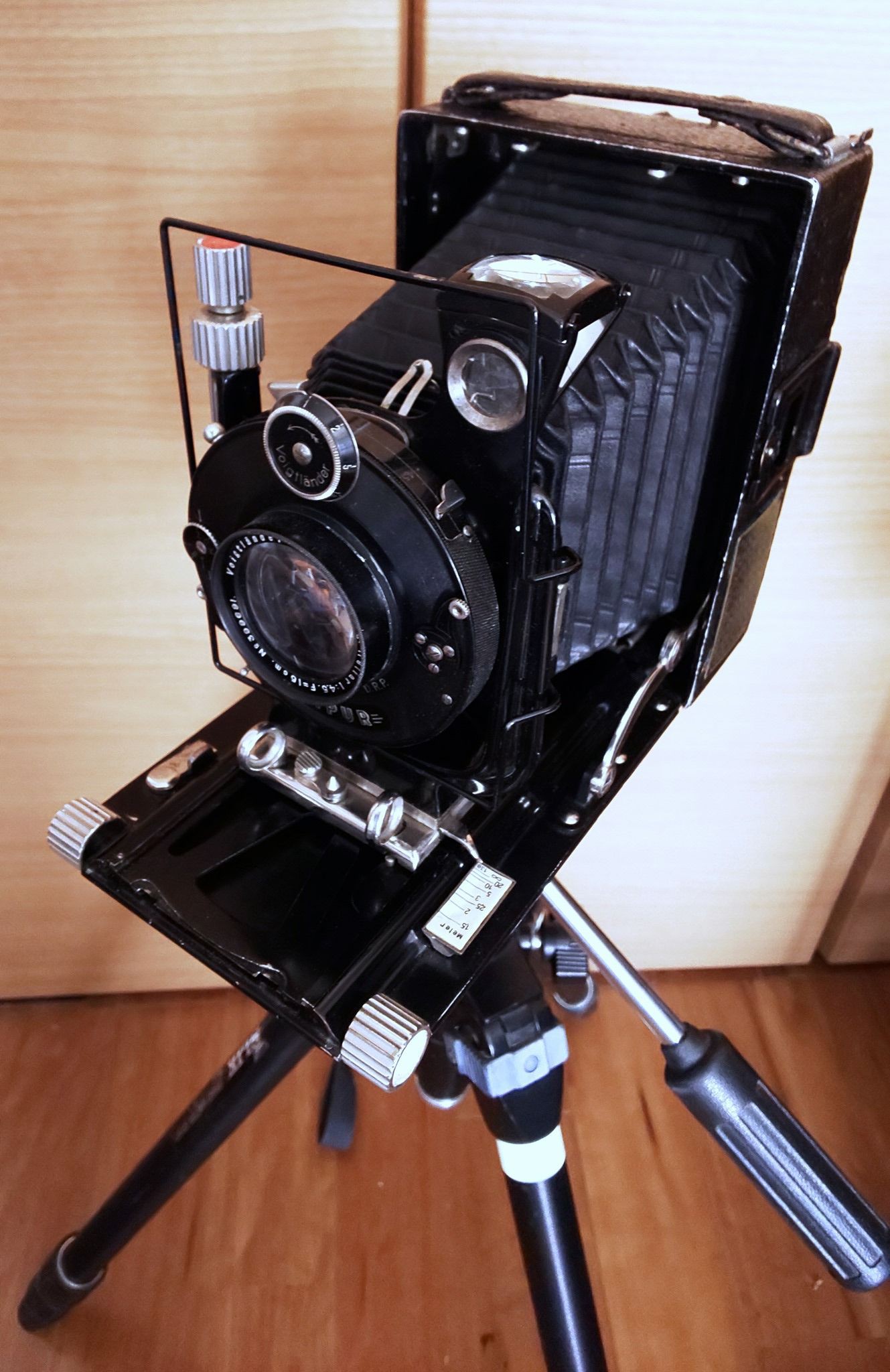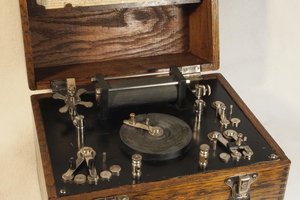1. The vacuum chamber consists of a heat-resistant glass Tupperware with a plate holder, a copper-tungsten electrode, and an exhaust port on the base of a 250x250x5 A7075 plate with an O-ring groove.
2. Prepare the plasma conditions by evacuating the chamber with a rotary vane vacuum pump through an oil mist trap, filling with argon gas, and evacuating repeatedly.
3. Boost AC50V to AC1500V with a step-up transformer for microwave ovens, convert it to DC with a diode bridge and apply it to the chamber to create a plasma atmosphere inside the chamber.
4. Inside the chamber, place a silver target on the base plate as the anode, and the electrode in the glass chamber as the cathode.
A 120x90x0.8mm copper plate is attached to the plate holder at a distance of 15-20mm from the anode.
5. Magnetron sputtering is started by inserting a magnetron consisting of OD34xID24xt10 doughnut-shaped and OD18xt10 cylindrical-shaped magnets directly under the base plate.
6. Since the above magnetron cannot cover the entire copper plate, the magnetron is driven in a grid pattern by a CNC modified from a pen plotter to proceed with sputtering. (See uploaded video)
7. All of these cooling rely on fan air cooling. :-P
Sputtering equipment for daguerreotype photography
Manufacture of photographic materials using home-made sputtering equipment.
 Koji Tokura
Koji Tokura








 Nixie
Nixie
 Boris van Galvin
Boris van Galvin
 Michael Barton-Sweeney
Michael Barton-Sweeney
 rawe
rawe
Do daguerreotypes really need mercury to be developed? How can this be avoided by using something else instead?